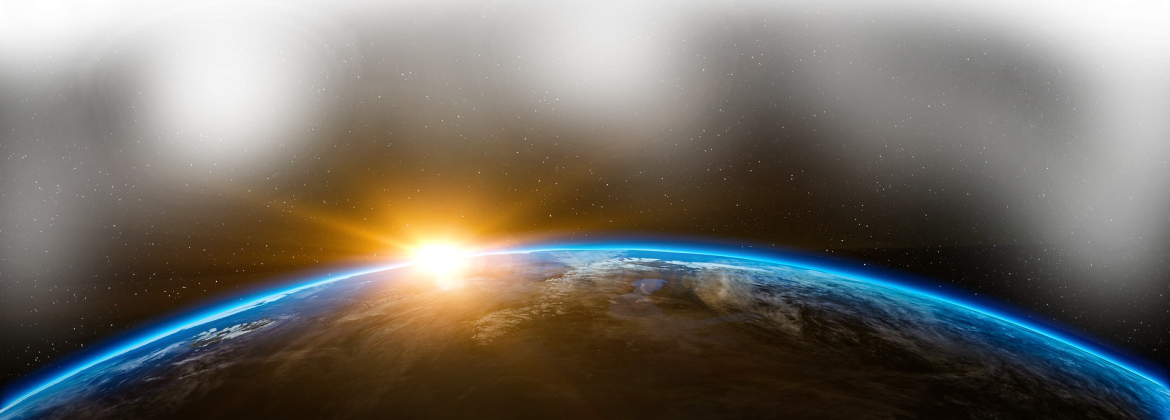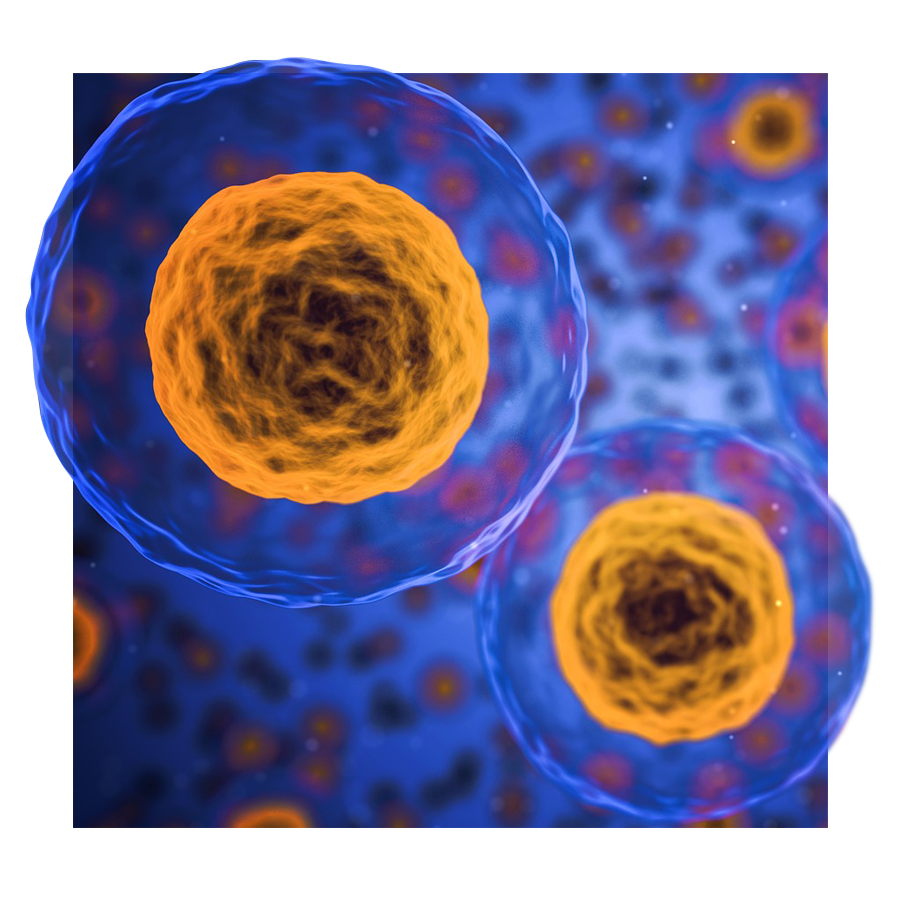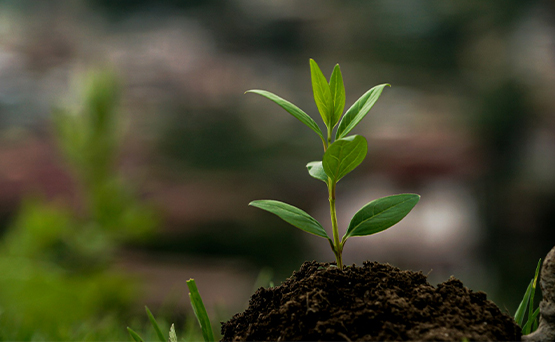Astronaut
Astronaut

How many of us, as children, said we wanted to be astronauts when we grew up?
The generation that followed man to the moon was also a fan of Captain Kirk, the Swiss Family Robinson, Flash Gordon, and other heroic explorers of outer space. Several generations have passed, but it seems that the fascination with the unknown continues.
The technology developed to explore the Universe has advanced greatly, science fiction movies have gotten bolder, and the dream of being able to navigate through the sky is becoming more and more accessible
“There you were, standing on the surface of the Moon in full sunlight, looking at the Earth, a quarter million miles away, surrounded by the blackest black. Not darkness, but the blackest black a human being can conceive in his mind. I think the perception that the Earth looks bigger than it really is probably comes from the majesty of its colors and from the fact that you are there on the Moon, looking back at it. It’s an overpowering figure of life in the sky.” said Eugene Cernan, eleventh man to step on the Moon.
What is it that makes people look at the sky and feel like travelling among the stars?
The vision described by the cosmonauts as they left the Earth sounds more like the story of an artist painting a canvas with its hues: the light blue becomes indigo, navy, and finally black. There is a mix of feelings when the blackboard is dotted with luminous points; there is the notion of the smallness of man and, at the same time, the wonder of being part of such greatness.
At the same time, others feel the need to look inside, to explore the miniaturized universe that exists in every being on this planet; the interior of the cell.

Interesting how the facts are similar!
The scientist manipulating an electron microscope spends hours and hours alone, in a closed, temperature-controlled environment, navigating through the cellular structures of an organ. The first image seen is the cell membrane, which separates one cell from another. At times, it is possible to see cytoplasmic bridges between them, enabling the exchange of materials. The enormous nuclei house the genetic material, sometimes scattered, sometimes condensed into chromosomes. It is surprising to know that there, in those darker structures, is all the information about a being, the size and shape of its body, propensity to certain diseases, and so many other characteristics that make it unique in the Universe.
Diving a little deeper it is possible to notice the shape of the cells that changes, as well as the emergence of organelles and differentiated structures. Mitochondria, with their double membranes, producing energy to sustain life. Tiny ribosomes producing proteins, under the command of the cell’s DNA. Golgi complexes, beautiful, as in the drawings in books, strategically positioned near the nucleus to finalize the proteins, to package and deliver their round vesicles, full of indispensable substances, to that or another cell.
Sometimes, the explorer comes across a true work of art: two central circumferences and nine peripheral pairs, arranged in a perfect and harmonic way; it is the cytoskeleton, which gives support to that cell. Everything showing, in logical sequence, the functioning of what we call the unit of a living being.
And so, who knows, when looking at the cell, this “astronaut” of the microcosm will be as amazed as Armstrong, on board Apollo 11, when he first saw the Blue Planet, beautiful… floating in front of him.









